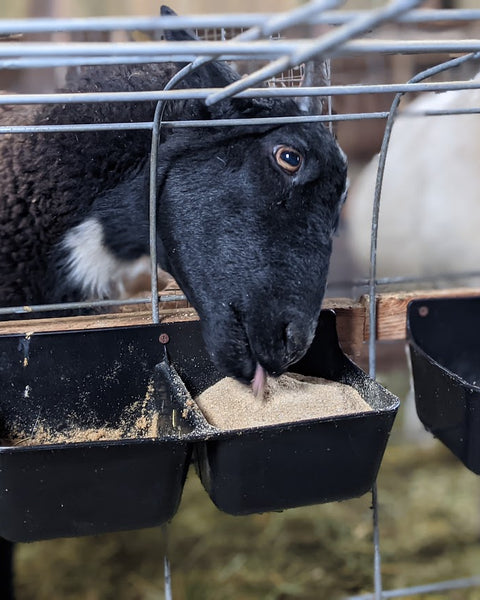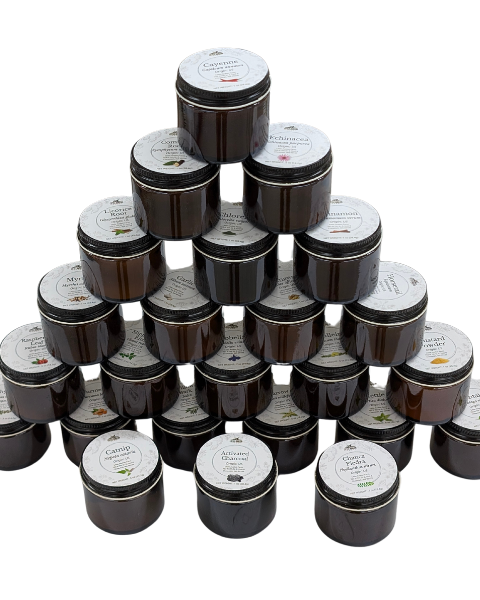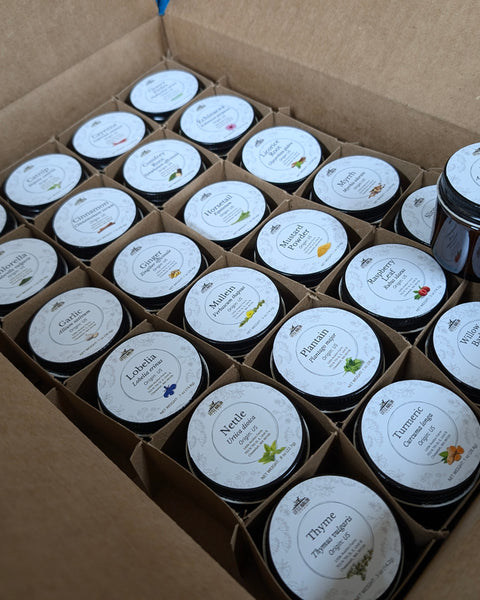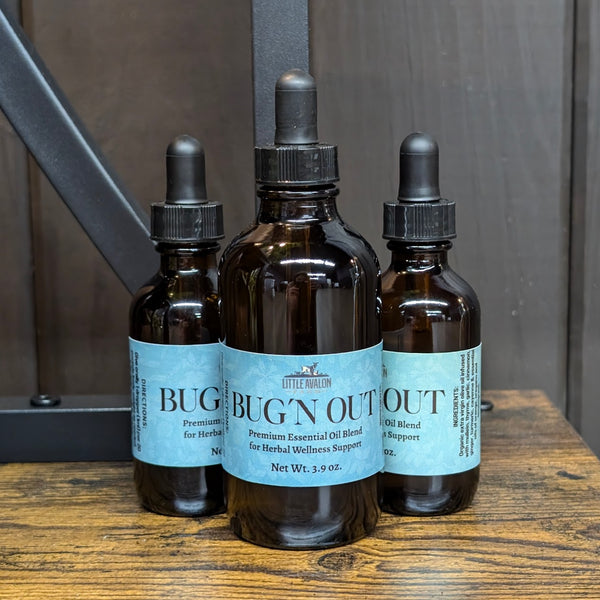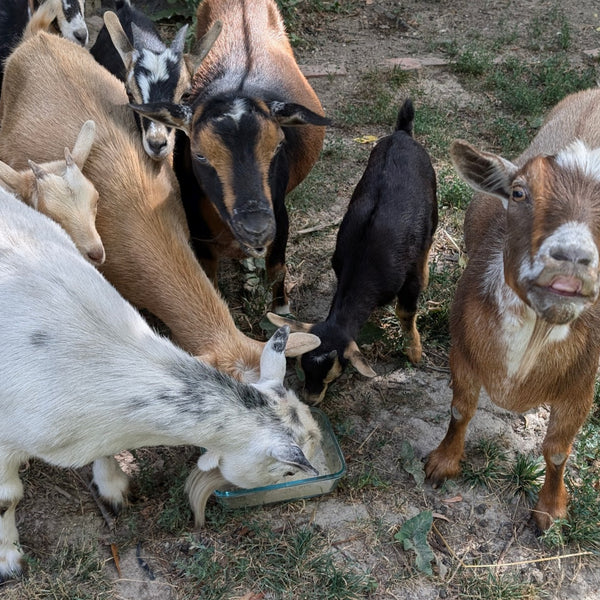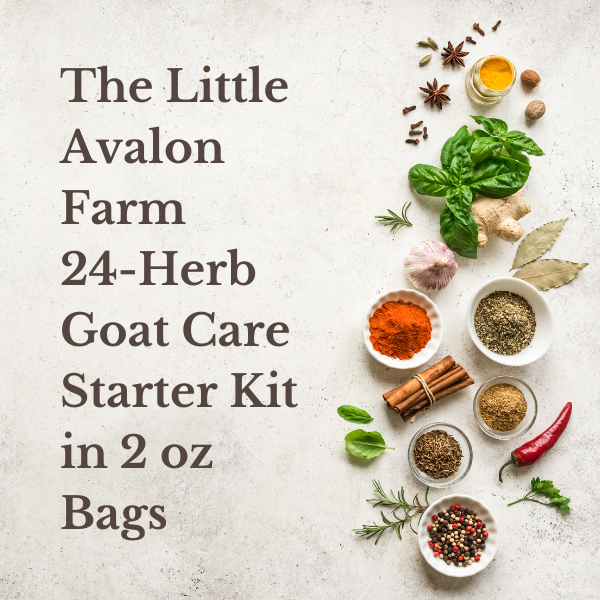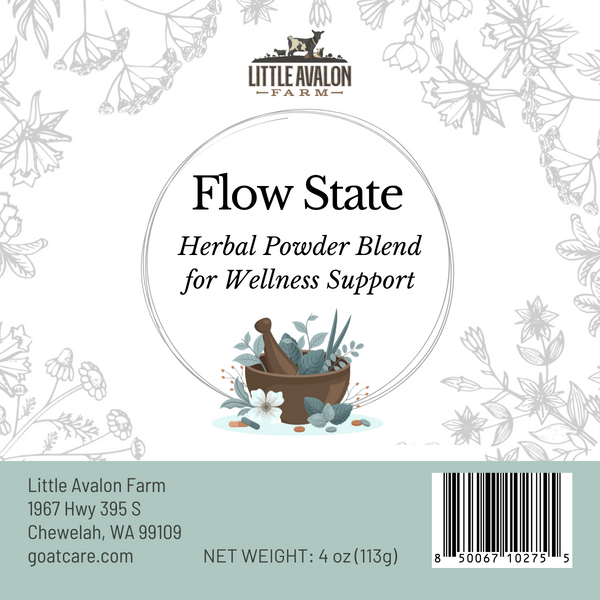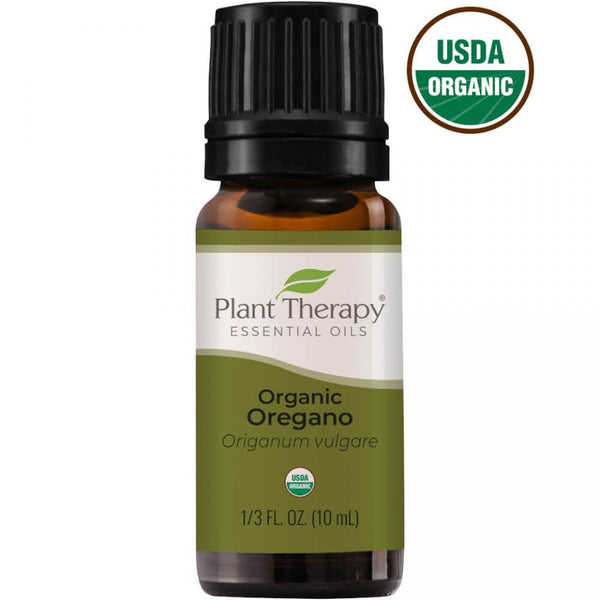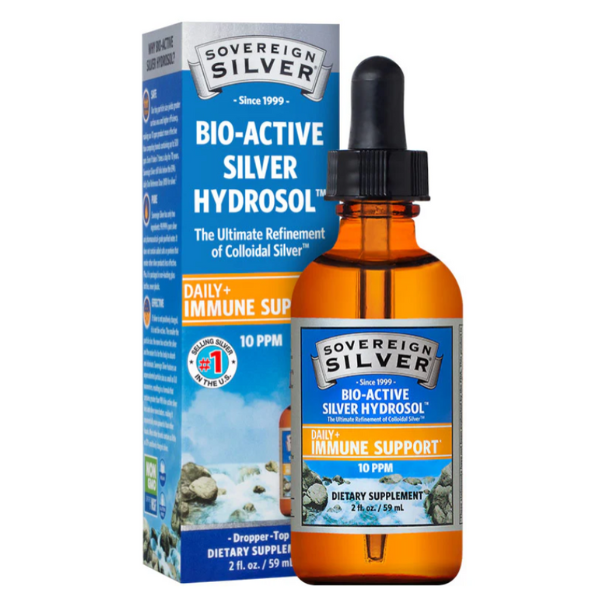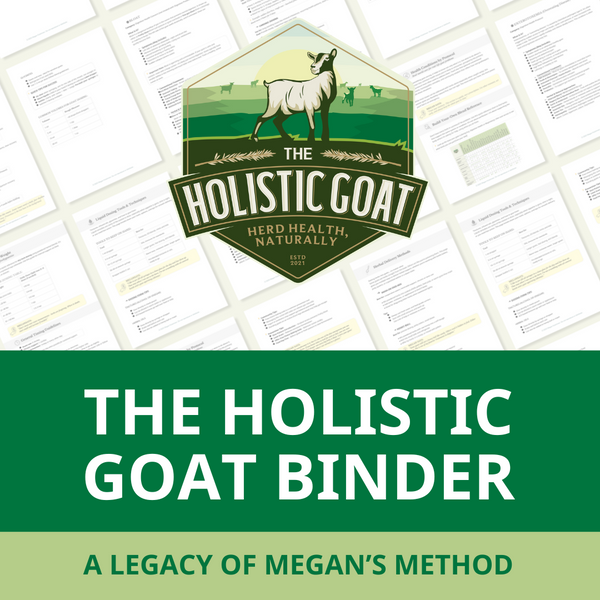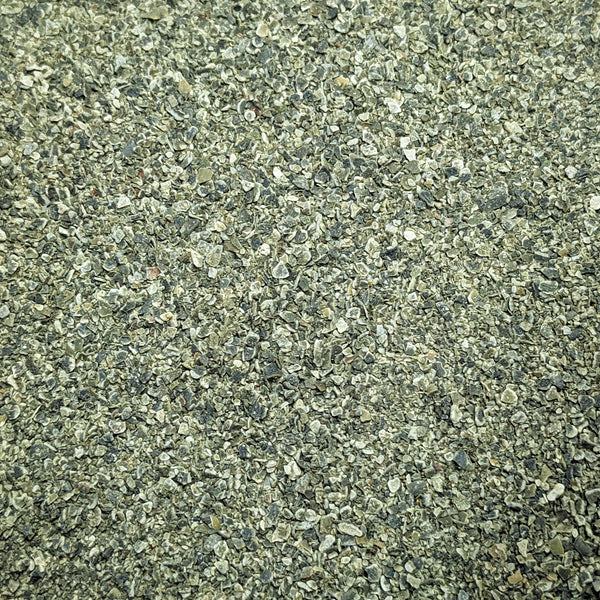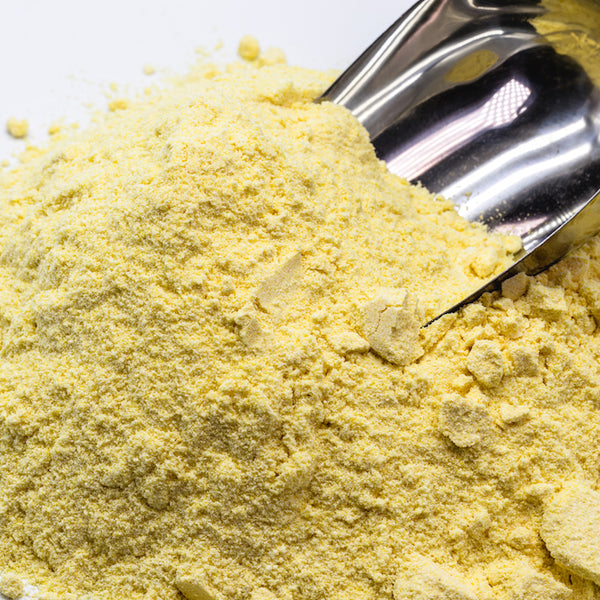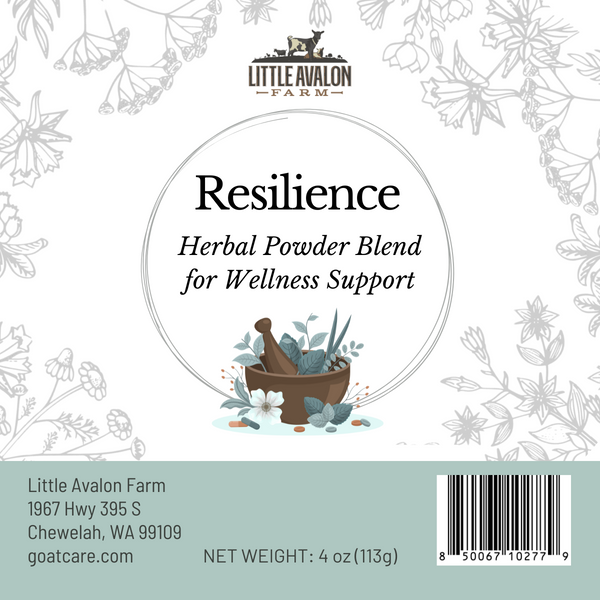Signs That a Goat is in Labor
Before diving into kidding supplies, let's talk about recognizing when your doe is ready to kid. While every goat is different, these signs typically indicate labor is approaching:
-
Softening and eventual disappearance of ligaments near the tail
-
Udder filling with colostrum (bagging up)
-
Clear or milky discharge
-
Nesting behaviors - pawing at bedding, restlessness
-
A distant look in her eyes and soft vocalizations
-
Dropped belly as kids move into position
Many first-time goat owners worry about missing these signs, but goats have been giving birth for thousands of years without human intervention. Trust your doe's instincts while staying attentive to these subtle changes.
Creating a Comfortable Kidding Space
Goats prefer a quiet, clean space for birthing. While elaborate setups aren't necessary, creating a comfortable environment makes a difference. A private pen separate from the rest of the herd with her own water, food, and high calorie treats gives the best experience for a soon to be mother. Fresh straw bedding provides excellent absorption and warmth, inviting the doe to nest and prepare. The space should offer protection from drafts while still maintaining good air circulation - stagnant air isn't healthy for mom or babies. Of course, shelter from extreme weather conditions is essential, particularly during early spring when temperatures can fluctuate dramatically.
For those in colder climates who kid during winter months, you might consider a heat source for newborns. Just remember that heat lamps are the leading cause of barn fires, so they require careful installation. If you choose to use one, select a model with a protective cage and secure it with a solid chain attachment that cannot be broken or dislodged by curious goats. Many experienced goat keepers find that a well-bedded, draft-free area allows kids to regulate their temperature naturally without supplemental heat unless temperatures drop to extreme lows.
Kidding Kit Essentials: A Balanced Approach
The beauty of goat keeping is finding your own approach that works for your herd and circumstances. Here's a balanced list of supplies to consider having on hand:
Basic Necessities:

-
Clean towels for drying kids if necessary
-
Bulb syringe for clearing airways (particularly useful for breach births)
-
Small rags for extra grip if assistance is needed
-
Phone/camera for documentation
-
Comfortable chair for observation
Traditional Kidding Supplies:
-
7% iodine or Betadine for cord care
-
Disposable gloves for assisting births if needed
-
Lubricant for internal examinations
-
Digital thermometer
-
Colostrum replacer as backup
-
Kid bottle and nipple for emergency feeding
-
Nutrient drench or molasses for doe energy
Holistic Alternatives:
-
Olive oil instead of commercial lubricant
-
Colloidal silver as an alternative to iodine for umbilical care
-
Raspberry leaf for uterine toning - can be given as loose leaf or tea during kidding
-
Cayenne mixed with blackstrap molasses for reviving sluggish newborns or treating shock
-
Warm water with molasses for the doe after kidding
What Happens During Kidding
A normal birth sequence typically follows this pattern:
-
The water bag appears
-
Within an hour, two front hooves with a nose resting on them should emerge
-
The kid's shoulders are the widest part - once through, the rest follows quickly
-
The mother will usually clean the kid, stimulating breathing and circulation
Most goats handle birthing beautifully on their own. The decision to intervene should be made carefully, as unnecessary assistance can cause more problems than it solves. Trust your doe's natural ability and only step in when truly needed.
When to Step In vs. When to Step Back
Knowing when assistance is necessary is perhaps the most valuable skill in goat birthing. Consider intervention when:
-
A doe has been in active labor for more than 30-45 minutes without progress
-
You can see a kid in the birth canal but no progress is being made
-
The presentation is abnormal (like a single hind leg)
-
The doe seems excessively distressed
Otherwise, observation from a respectful distance often yields the best results. Many experienced goat keepers find that a "less is more" approach leads to stronger kids and more confident does.
After Kidding Care
Once kids are born, minimal intervention is often best. Nature has designed an elegant bonding process that begins as the doe cleans her newborns, stimulating their circulation and breathing while establishing their connection. This critical bonding time deserves patience and respect. Within the first hour, watch quietly to ensure kids find their way to the teat and begin nursing - that first colostrum provides essential antibodies and nutrition.
The new mother will appreciate fresh water after her hard work, especially if slightly warmed during cold weather. She may be particularly thirsty as her body begins milk production. Keep an eye out for the placenta to pass, which typically happens within a few hours of birth. A retained placenta beyond 12 hours may require veterinary attention, though this is uncommon in healthy does.
In extremely cold environments, you might need to step in to prevent frostbite, particularly on delicate ears and tiny hooves. A blow dryer kept specifically for this purpose can be invaluable during winter kiddings. When drying kids in freezing temperatures, try to wait until the doe has had a few minutes to clean and bond with her baby before taking it to warm up. If possible, wait until a second kid is being born before removing the first, as this causes less stress to the mother.
Trust Your Instincts and Your Goats
Remember that each kidding season builds your experience and confidence. Your approach will evolve as you learn what works best for your unique situation and herd. The goal is healthy moms and babies, whether that comes through traditional interventions or by simply providing the right environment and stepping back.
By preparing thoughtfully but intervening minimally, you honor the natural wisdom of your goats while ensuring you're ready for those rare occasions when help is truly needed.



